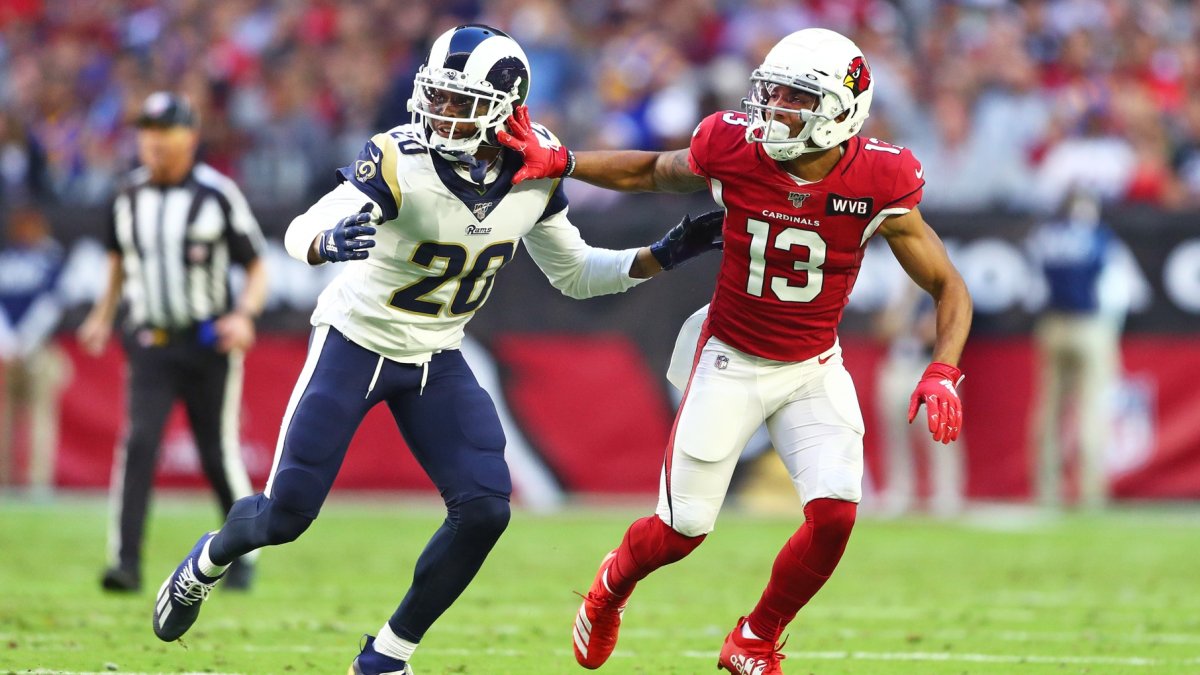We’re less than two weeks away from our first NFL Sunday, and while this offseason has been fruitful in terms of understanding more about the game, there is still an ocean of things we do not understand.
One such thing is why rushing offense and passing offense efficiency correlate with each other. Our friend Lau Sze Yui wrote about possible things to explore with respect to this phenomenon, and we were left — in many cases — with more questions than answers (which means it was a good thing to explore). However, I want to explore a claim that was made in response to this article from Cameron Soran on Twitter:
Good stuff here by Lau Sze Yui (aka @903124S).
My view of the matter is rather simple: a good run-blocking offensive line significantly limits what a defense can do coverage-wise.https://t.co/2lYO9b1OeW
— Cameron Soran (@cameronsoran) August 21, 2020
This claim has some face validity, as coverage players do play a role in run defense. And it would stand to reason that the more important this role is in run defense, the less varied it can be in pass defense. That being said, we can test these things using various ways to measure strength as an offense in terms of running the ball, as well as the breadth of coverages their opponents use defensively.
Study Set-Up
Thus, we looked at each team’s PFF run-blocking grades at the play level, expected points added on early run downs and early-down success rate in the running game. We looked at how that related to how variable a team was in the coverages it used. There are a number of ways one can do this, and I wrote about the approach we’re going to use in this article.
Using Shannon entropy (named after the godfather of information theory, Claude Shannon), we can look at the difference in this measure between that game and the previous games in a given season. If a team has a higher (lower) Shannon entropy (computed by using the proportions of each coverage type used) during a game than prior to that game, it was more (less) unpredictable in that game than normal.
For good measure, we also looked at the difference in the rate in which a team changed its broad coverage scheme from its pre-snap look (from middle of field closed to open, or vise versa) and the difference in blitz rate used — and how these related to the quality of the opposing rushing offense. All of these rates were taken on early-down passing plays (where we know and have charted the coverages).
We used only Weeks 9-21, with the hypothesis that it takes about eight weeks for the running game metrics to stabilize. We have coverage data from 2014-present, so that is the scope of this study.
Results
Exclusive content for premium subscribers

WANT TO KEEP READING?
Dominate Fantasy Football & Betting with AI-Powered Data & Tools Trusted By All 32 Teams
Already have a subscription? Log in



 © 2025 PFF - all rights reserved.
© 2025 PFF - all rights reserved.